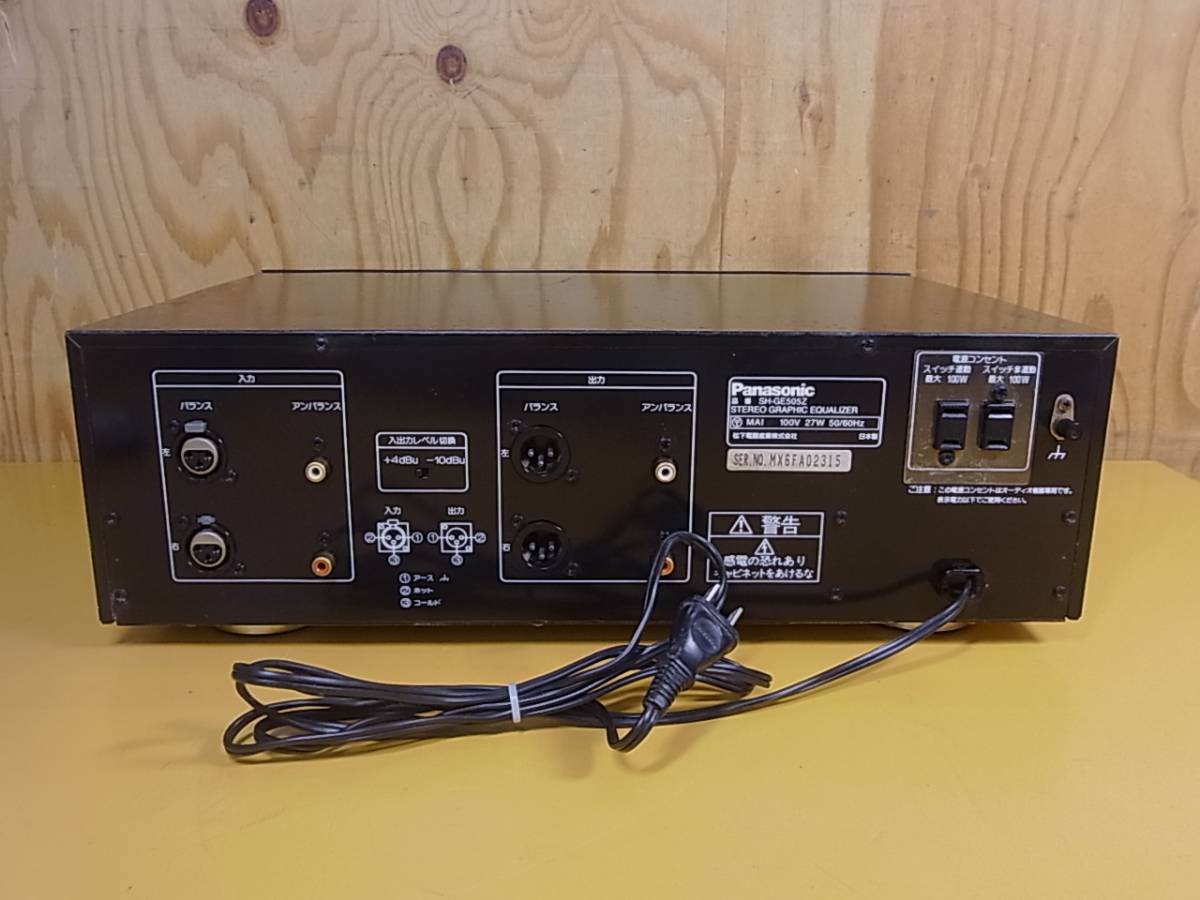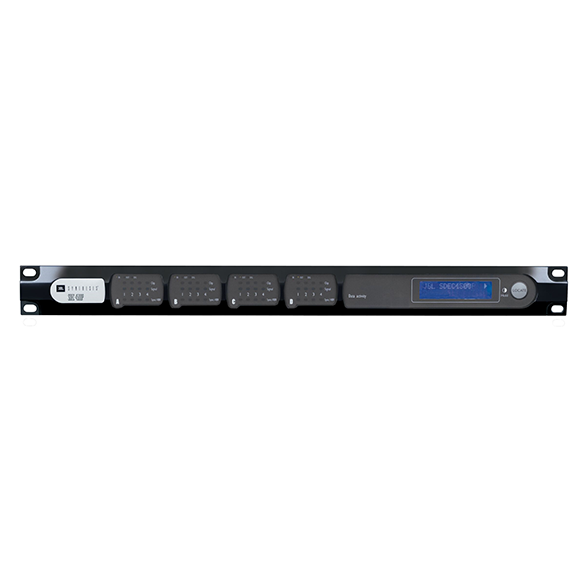

- #EQUALIZER AUDIO SOURCE FULL#
- #EQUALIZER AUDIO SOURCE PC#
- #EQUALIZER AUDIO SOURCE FREE#
- #EQUALIZER AUDIO SOURCE WINDOWS#
Moreover, it allows you to make final tweaks on any video after automatically suggesting what is best for your audio. The fact it can automatically suggest mild frequency equalization to make you sound amazing when it listens to your voice is very interesting. The audio equalizer is an easy-to-use tool to adjust audio input and output on your computer.
#EQUALIZER AUDIO SOURCE WINDOWS#
Key FeaturesĪnother best sound equalizer for Windows 11 is Voice AutoEQ.
#EQUALIZER AUDIO SOURCE PC#
In general, FXSound gives you a great experience with your PC sound system as well as other audio devices. It has virtually all functions to make your PC sound better while playing music, gaming, watching movies, and other operations. With this application, you don’t have to worry about the limited capacity of your Windows 11 built-in sound equalizer.
#EQUALIZER AUDIO SOURCE FREE#
It can be used to manage audio for any program, and it’s free to use. The equalizer will help boost your sound quality and its clarity, bass, and volume. Key FeaturesįXSound is a recommended option for you if you want to have crystal-clear sound on your Computer. Overall, using this sound equalizer is a fantastic choice for you. With the help of these special effects, you can turn your Windows computer into a mini home theater when listening to music or watching movies.

Moreover, Viper4Windows offers a ton of special effects, all of which are cost-free. The program is feature-rich and compatible with every other Windows OS version. The first two channels are routed to Master/Headphones L+R, the second two are routed to Bus A L+R and the final two are routed to Bus B L + R.Viper4Windows is a fantastic tool for managing controls and fine-tuning your audio system on your Windows 11 computer to produce high-quality sound. This can be used for simple setups such as routing a mono Microphone channel to both Left and Right, all the way up to advanced scenarios where each of the independent NDI or SDI Embedded audio channels can be routed to one of the eight stereo audio buses.Įach column represents a source channel, each row represents a destination bus that the channel can be routed to.Įxample: Convert Mono Microphone on Channel 1 to StereoĬlick all the boxes so they are green like the following:Įxample: Route 3 independent stereo audio language pairs to the 3 output buses. An independent audio meter is also available for each channel.Ĭhannel Matrix is an 16x16 audio router built in to every input. The channel mixer can be used to set the volume level of individual channels. It works by quickly fading out the audio when it drops below a certain dB (decibel) Threshold The Noise Gate is a handy way of reducing noise on an Audio Input such as a Microphone Any audio above the threshold will be compressed (volume reduced) according to the ratio above. Threshold: Specify the sound level for compression. Ratio: Specify a Ratio other than 1:1 to turn on the compressor. Untick this box to hide this Input from being displayed in the Audio Mixer.Ĭompressor is a standard dynamic audio compressor.

Select the gain (or amplification) in decibels. See Channel Mixer and Channel Matrix below.

The audio from each microphone will be audible on both the left and right channels simultaneously.įor finer control of how different channels are mixed. Separate mono allows you to adjust the volume of both mono channels independently from the Audio Mixer. If you have a Microphone plugged into the left channel or right channel independently. Select the audio channel to use for this input. These audio meters can be used to monitor the audio audio at the pre-effects stage (for any effects, volume or gain, including delay)Īnd the post-effects stage (after all effects, volume, gain and delay have been applied)ĭisplays the current audio format of the input
#EQUALIZER AUDIO SOURCE FULL#
Or the headphones icon can be clicked to toggle between full volume (green) and muted (grey). The headphones volume circle can be dragged up to move to the right (more volume) or dragged down to move to the left (less volume). It in your own headphones as the slight audio delay coming from your own microphone can be disorienting. This is great for situations where you want an audio source such as a microphone audible on the final recording or stream but do not want to hear Each audio input can have its own independent headphones volume set.


 0 kommentar(er)
0 kommentar(er)
